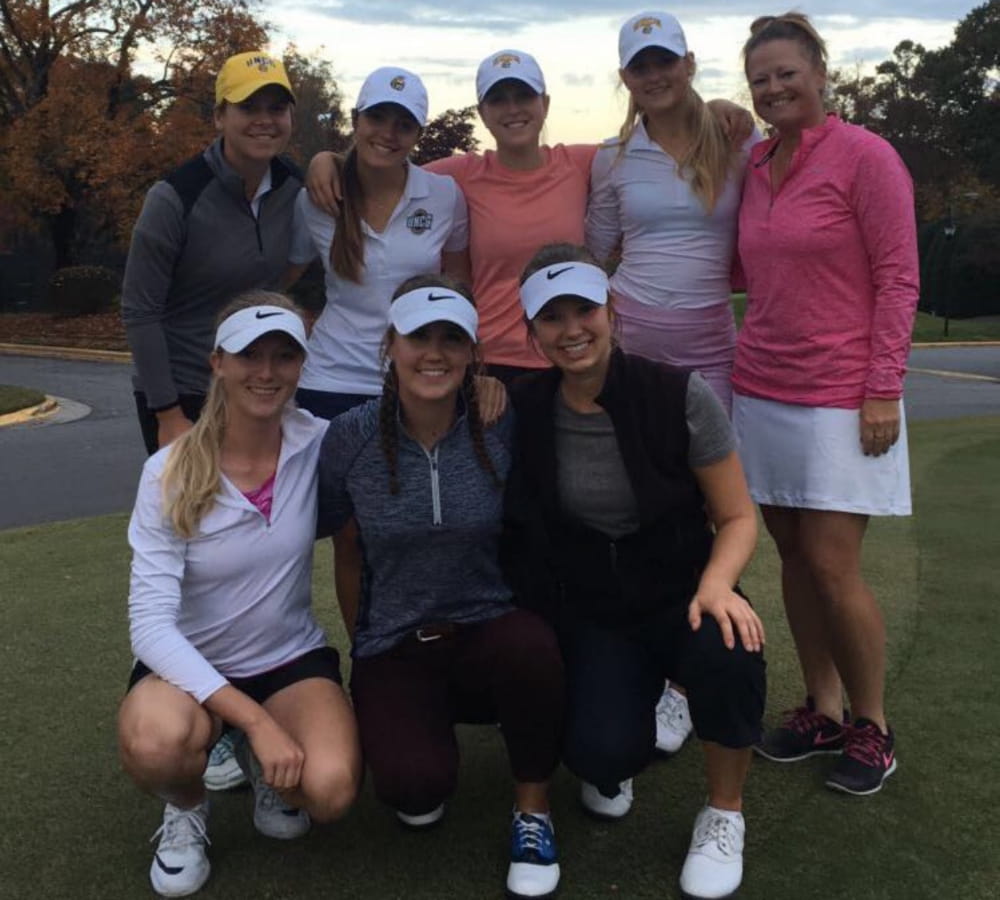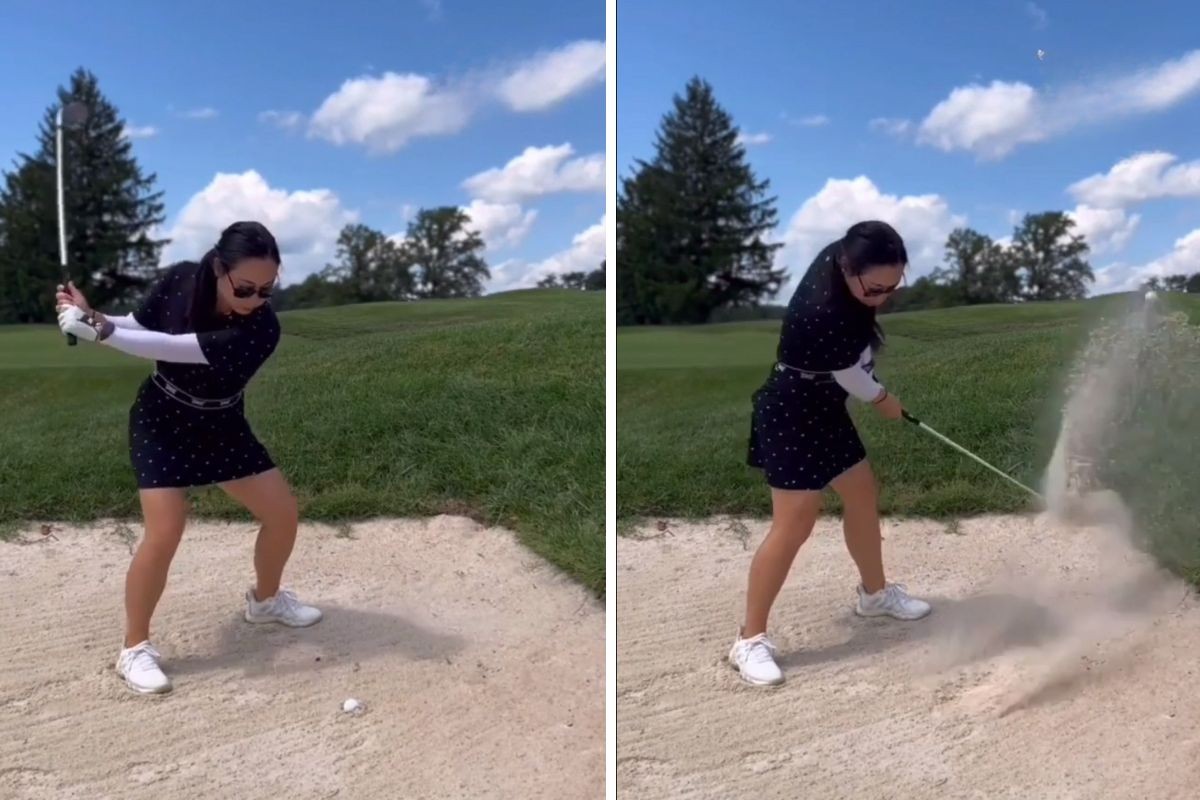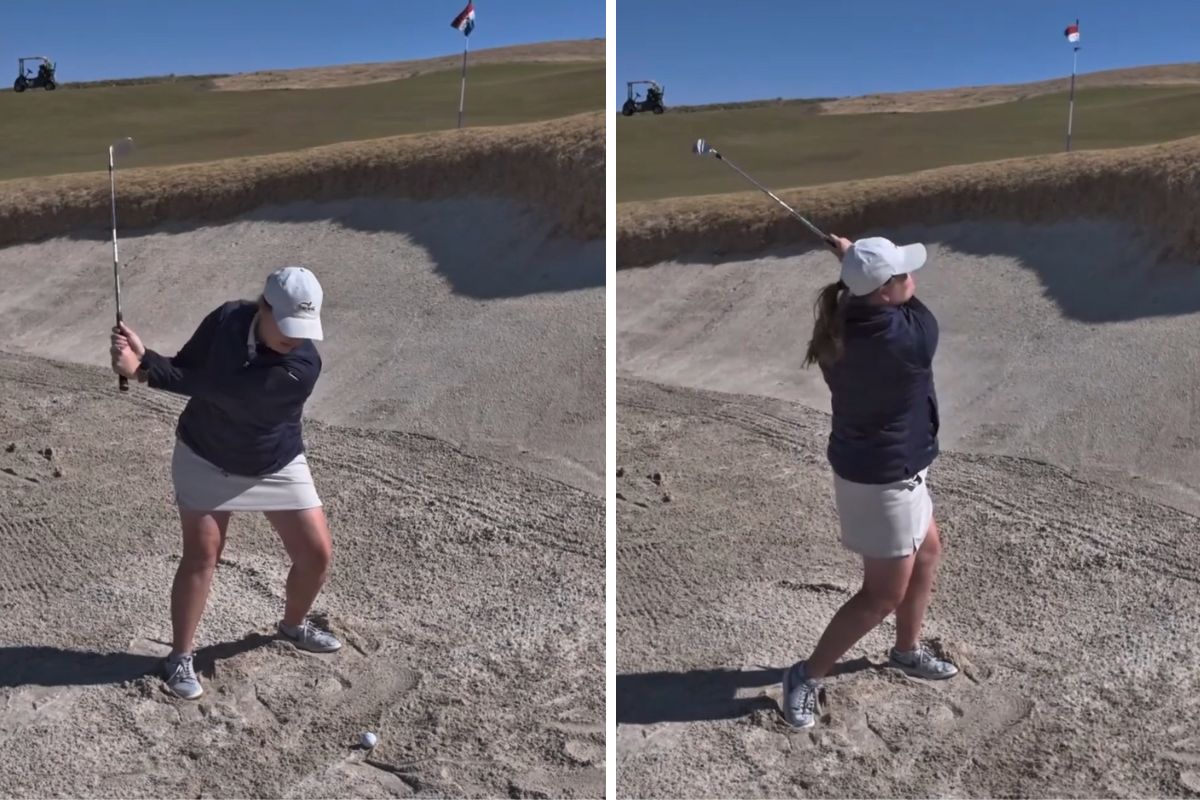As I mentioned in my WomensGolf.com article “Goal Setting for Junior and Collegiate Golfers”, I had a dream when I was 8 or 9 years old to play on the LPGA Tour, and while then it was obviously understandable at that age to not be very specific about that dream, as I got older I never readjusted to set a more specific dream.
IN THIS ARTICLE JUMP TO:
What Brandi means by specific goals
An example of an evolving specific goal
The difference between dreams and goals
About Brandi Jackson
I technically did live out my dream to “play” on the LPGA Tour so I can’t be mad at 8-year-old Brandi, but what might have happened if I had set my dream to finish top 10 in a tournament, or maybe even win an LPGA tournament, or be top 10 in the world?
What could I have done differently to make that dream more specific and more of a reality? I could have set my short terms goals to be more specific as well. My practice habits and routines, my workouts, my goals for each season of college golf, my offseason goals, my priorities, they all needed to be more specific.
What do I mean by specific goals?
- Specific are clear-cut and distinct.
- Specific goals are measurable.
- You can be held accountable for them …
- And there is a point of definite achievement.
They can be goals with your practice to achieve a certain score on a drill that you have been working on. They can be goals with your workouts to do an exercise you struggle with. They can be goals with your season to win a tournament. They can be goals with your stats to achieve a certain percentage or average.
One important part of making them specific that will help you also be successful is readjusting once you reach that particular goal.

Here’s an example of an ‘On the Range’ drill goal
Goal
Get five drives in a row into an imaginary fairway
New Goal
Now get seven in a row in an imaginary fairway OR make the fairway more narrow OR complete the drill on a day when the wind is blowing. This new goal is specific, measurable, you can be held accountable, and adjustable as you get better.
Now that you understand what setting specific goals means, let’s talk about making them realistic. I know there are a lot of quotes out there to “Dream Big” “Aim for the Stars” and “Achieve Anything with Hard Work.” I find myself very conflicted on quotes like these because in working with young golfers who want to play college golf, I love nothing more than the players who have big goals and dreams for themselves, especially the ones who understand the value of working hard. But when it comes to playing college golf, it isn’t always what it’s cracked up to be if you aren’t realistic enough to find a good fit and give yourself the chance to get better.
Yes, I hope you all have big dreams! Whether it’s golf related, or your academics, or your future career, whatever it is – DREAM BIG! As I mentioned, I had a BIG dream when I was just 8 or 9 years old that I wanted to play on the LPGA Tour. I was fortunate enough to have the opportunity to live out that dream but as you can probably guess, given that I am here writing this, that didn’t end up being the most successful career. I wouldn’t go back and change my dream as a kid for anything, but I definitely would have changed the process I took getting there.
The Difference Between Dreams and Goals
Dreams and goals are two different things, at least in my own opinion. Dreams are these long-term visions of what we want to do or accomplish in the future. Goals are things you can be doing in the present and short-term. These are daily actions that lead to more immediate results and help you stay on track to possibly achieve that big dream that you set for yourself.

Setting your dreams big early into this process is fine, but as you get closer and closer to the end, you have to reconsider what is going to be realistic. You have to give yourself a true reality check and accept that you may need to readjust your plan. This doesn’t mean that you may not still be able to achieve your big dream or that you can’t eventually set an even bigger one for later on, but it does mean that you have to be more realistic about your current situation and goals.
And as you tackle the process day in and day out you have to stay more focused on your shorter terms goals and how well you are working to achieve those in the present tense. If you are focused on those goals and actions, then you are doing all you can to reach whatever ends up being your big dream.
For instance, maybe your goal as a 7th or 8th grader is to play at a specific school that is a top 25 program in the country and you are considering playing professionally after college. For whatever reason, you work hard and feel that you are doing all the right things, but by junior year you realize that top 25 school and many other programs aren’t interested in you. Your game and resume just aren’t there yet. It doesn’t necessarily mean that you have failed. It just means that you need to find a new path to reach a different shorter term goal.
So you readjust and decide that a mid-ranked DI program or a top DII or top DIII program is more realistic. You find that school with a great coach and end up being one of the best players on the team, you win tournaments, earn All-American honors and compete at the national championship (maybe as an individual). Now that dream of playing professionally is more of a reality and you have 3-4 years of very competitive experience to lead you into that process, whereas you may have not even played much at that top 25 ranked program you were dreaming of back in 7th and 8th grade.

I can attest that I played professionally with some of the best players in college golf who had played on top-ranked college programs in the country, even National Championship teams, and many of them never won Symetra Tour events, or finish top on the money list or ever earned LPGA status. I also played professionally with some girls who came from schools that I had never even heard of when I was in college. But they had been the best player on their team and won collegiate events. And many of those players won Symetra Tour events, finished high on the money list and went on to earn LPGA status and give themselves a chance to compete with the best players in the world.
So while I am a huge believer in having big dreams and I love to do evaluations or talk with girls who have those same types of dreams because I can certainly relate to them myself. However, many times those girls become so stubborn on having to achieve their big dream or else they feel like a failure that they lose sight of the daily and short terms goals that could actually get them there as well.
Sometimes these players skip the necessary steps in the process and they try to force it because they think they need to prove they can achieve that dream when in reality their game, whether physically or mentally, just isn’t there yet. Or maybe deep down their priorities or desire isn’t what it was back when they were in 7th or 8th grade.
Whatever it may be, it’s OK if you have to give yourself a reality check and readjust to ensure you have the opportunities to still be successful on whatever path that ends up being. Don’t be afraid to dream big but also don’t be afraid to check your ego and focus on what is more realistic in the present day.






